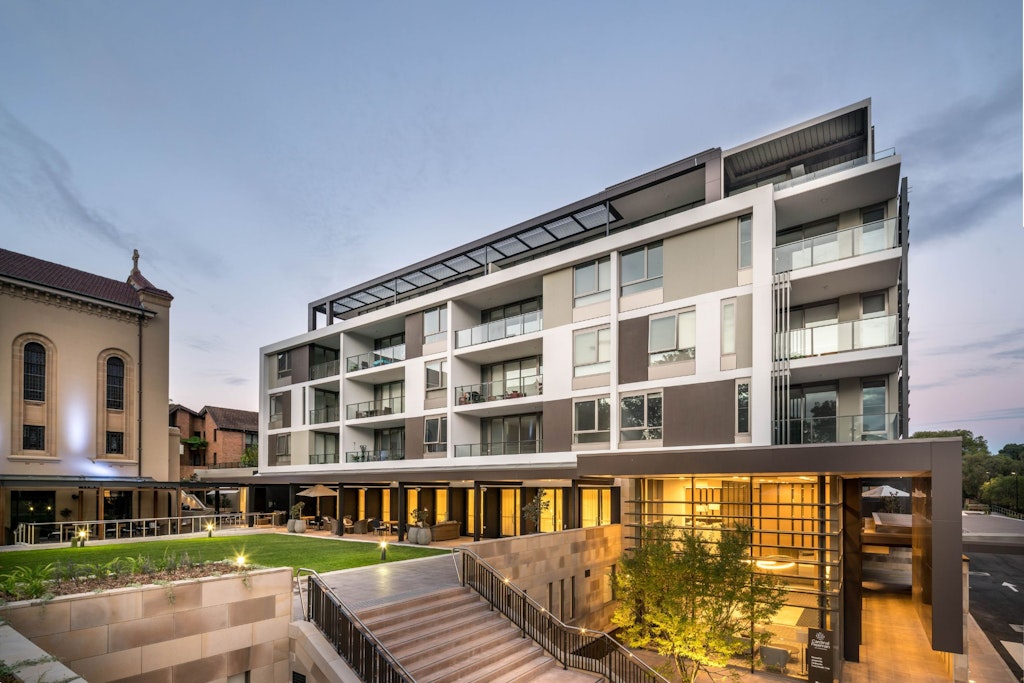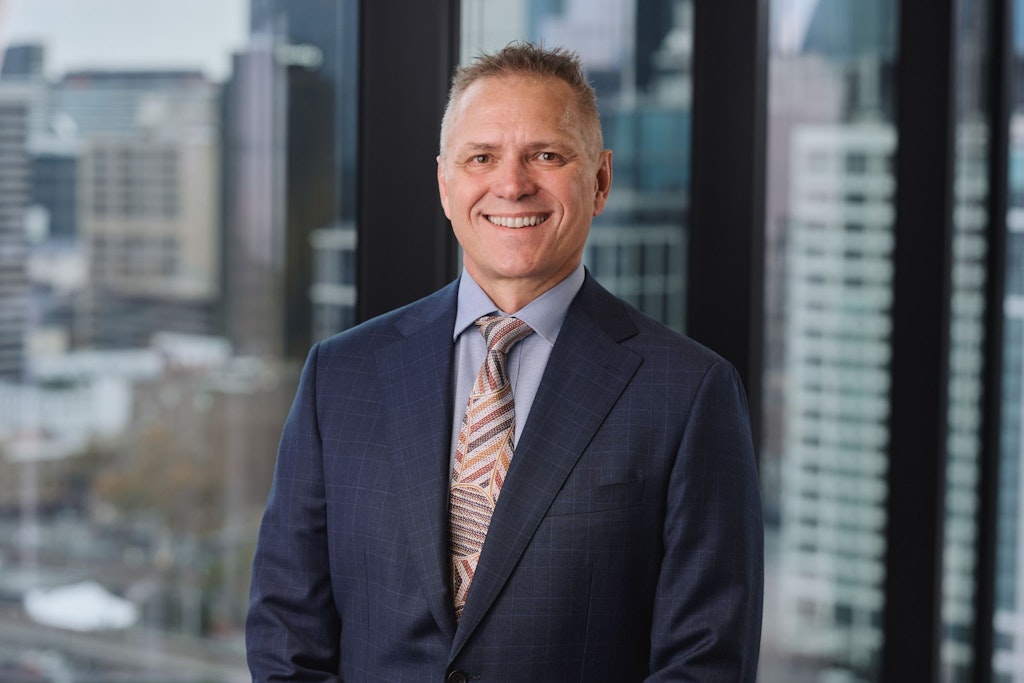High demand for community connection drives retirement living expansion
Published on 5 February 2024

Land acquisition is a key focus for retirement living operator Levande as it takes the first steps toward a significant period of growth and expansion, buoyed by increased demand for retirement living options.
Key points
- Levande has exchanged conditional contracts for its first land acquisition, a 1.75-hectare site southeast of Melbourne’s CBD, where it plans to house roughly 400 residents
- The retirement living operator has ambitious plans to acquire 20 new retirement village sites over the next three years, with the expectation of injecting between 500-800 homes into the market yearly
- Levande’s strategic approach includes infill opportunities in metropolitan sites where high-rise living is in demand, plus greenfield developments in outer metropolitan areas where single story living is more popular
The retirement living sector has in many ways been rejuvenated recently, particularly as the leadership of Executive Director Daniel Gannon has seen an increased focus on investing in age-friendly communities.
It’s a timely rejuvenation as the number of people aged over 75 is increasing as the baby boomer generation ages. Never before have so many Australians hit retirement age. This is why Levande Chief Executive Officer Kevin McCoy feels so strongly about expansion, telling hello leaders the time is right for more retirement living options.
“I feel the system is growing and our market penetration is creeping up. When you think of the market penetration for retirement living, which varies from state to state, on average it’s 9%. If that stays the same with the number of villages being built, the number of baby boomers coming through and the number of people turning 75, you have a big demand for the product that’s there,” Mr McCoy said.

“That’s why we have such a big development growth agenda because we feel there’s room to move in market penetration. It’s a very good industry to be in at the moment and will be for probably 10-15 years at least.”
Addressing housing security
With an ambitious strategy to provide between 500-800 new homes into the market each year, Levande is heavily focused on expanding its portfolio across Adelaide, Brisbane, Melbourne and Sydney.
However, it’s not just expansion for the sake of expansion, Mr McCoy explained. He said they’re intent on creating homes to suit the needs of retirees in five years’ time, while also helping address Australia’s housing challenges.
“Our plan fits in well with two of the big challenges we have in Australia right now which are affordable housing and a housing shortage. The more villages we can get up, that’s more housing released into the market for families to move into as the previous owners are downsizing into a retirement village,” Mr McCoy said.
“Then on affordability, generally a unit in a village is 55% to 60% of the median house price in an area. Our consumers are people who want financial security and it’s an affordable product for people.”
The Retirement Living Council has also touted the sector’s potential gains for residential aged care, with research suggesting increased investments into retirement living could reduce Government aged care spending by between $350 million and $1.05 billion.
Expansion does come with its challenges, though, and Mr McCoy said there is always an element of looking into a crystal ball to predict what future retirees will want in their homes. Even features such as the type of laundry, household finishings and local amenities all require careful consideration.
“From buying a piece of land, getting the development approval and constructing it to having something that someone moves into, you have to work out what a consumer wants in five years but you’re building it now,” he added.

Location is arguably the most important feature of Levande’s expansion strategy, though. The 1.75-hectare site in Bentleigh East, roughly 15km southeast of Melbourne’s CBD, is the first of many land acquisitions. Sites like this are being scouted out in key metropolitan areas so residents have the opportunity to remain in their community.
Community connection is key as they’re looking to support retirees who are downsizing after becoming empty-nesters or perhaps after the death of a spouse.
“Through COVID-19 a lot of people realised that sitting in a house on a street where you didn’t know anyone because all your friends had moved on, the isolation stung them. Whereas if you look at how retirement villages went through COVID-19, you had a village manager dropping hampers off and keeping an eye on people,” Mr McCoy added.
“They were talking to each other over the fence and it was a much tighter and secure community to do things you couldn’t in public settings. That’s also contributed quite favourably to people looking for our product.”